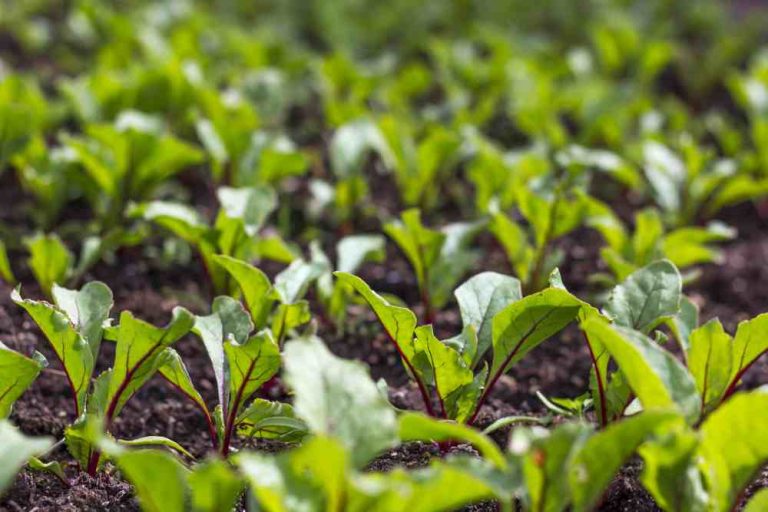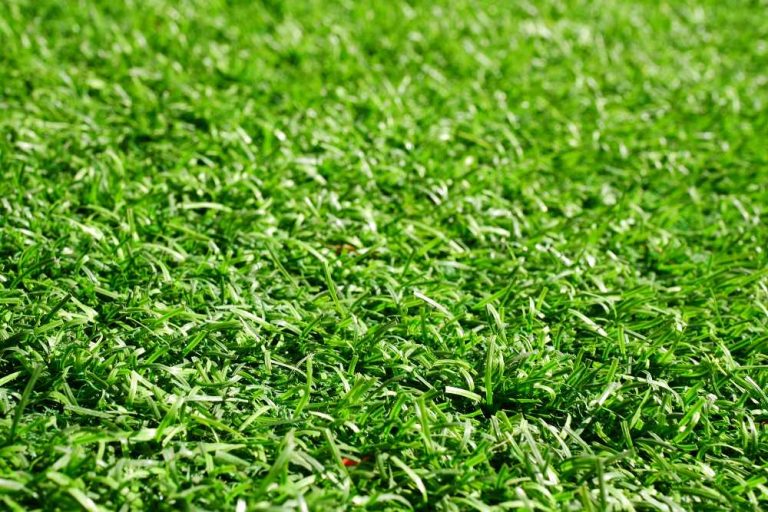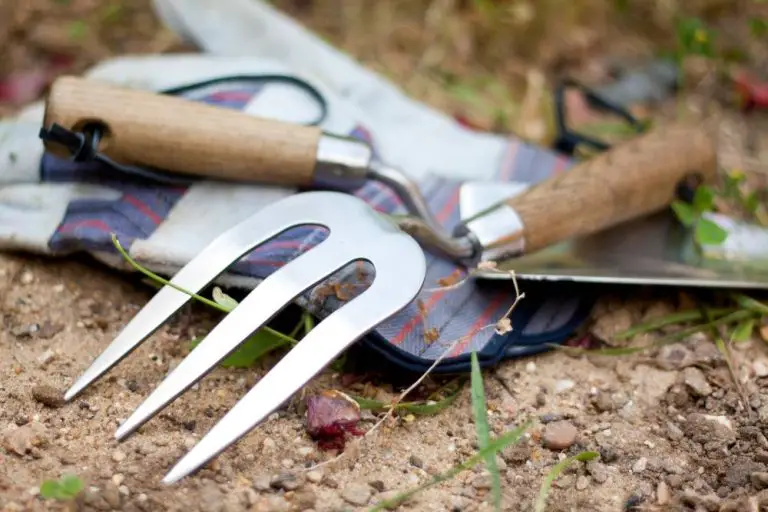Growing Strawberries: A Complete Guide for a Bountiful Harvest
The strawberry is the most popular small fruit grown in the home garden. Growing strawberries is relatively easy, and they produce large quantities of good-quality fruit without requiring extra equipment. Strawberry (Fragaria ananassa) is an herbaceous perennial. New leaves, shoots, and runners emerge from the crown and root structure each year. Strawberries can be grown in containers and fields successfully.
Tips For Growing Strawberries In Buckets
This is an easy way for you to enjoy these super-sweet fruits all summer long. Any type of strawberry can be grown in a pot or basket. But certain types produce fruits once a year while others yield over months.
You can have pots of strawberries close to your outdoor seating area or kitchen for easy picking. Some varieties of strawberries produce flowers that look like miniature wild roses, making them both aesthetically pleasing and delicious.
Container
Container selection has the main impact on the health of your plants and how much watering you’ll need to do. It’s important to choose a pot with several good-sized drainage holes. The container material is also very important for your plant’s health.
A porous material, such as terra cotta, is good, but it dries out very quickly. You’ll need to be extra vigilant in keeping an eye on plant soil moisture. A plastic container retains moisture better than terra cotta. And if you really want the look of terra cotta in your pot, just find a plastic pot that fits inside the terra cotta to boost moisture retention.
Soil
Strawberry plants grown in containers need well-drained soil. You can use a 50-50 blend of high-quality potting mix and compost or your own potting mix with our simple recipes. When planting use slow-release organic fertilizer in your container.
Plant the strawberry plants as their crowns are just above the soil surface. The crown is the short, thick stem where the foliage emerges on top and the roots below (the place where the stem meets the roots). Make a small mound in the potting mix.
Spread out the roots over the mound. Cover the roots up to the crown with the potting mix. Then water the soil well. Add more potting mix as needed after the soil settles from watering, but do not cover the crown with soil.
For containers and baskets, it’s good to use pre-potted strawberry plants as they are already growing well and have a head start over bare-root plants.

Strawberries have a relatively small root ball. Thus they can be grown in containers as small as 10 to 12 inches in diameter and 8 inches deep. However, if the container is a small one, the more frequently you will need to water it more.
A typical 12 – 14-inch diameter hanging pot or basket can accommodate two to three plants. For strawberry towers or pots, tuck one plant per pocket. Plant as that the roots are covered, but the crowns of the plants are just above the soil.
Water
Water your plants well. Move your pot or basket to a location where it will get at least 6 to 8 hours of sun every day.
In a hanging basket, avoid hanging them in an area that receives a lot of gusty wind. Water your strawberries regularly whenever the soil feels dry, about 1 inch below the surface. The plant should not be sitting in water or soggy soil.
Therefore make sure the soil remains slightly damp—not dry or soggy—to provide the best environment for fruits. If you’re not sure if your pot needs to be watered, stick your finger into the soil to see if it’s still damp about an inch deep.
Moist soil means don’t water. Dry soil means it’s time to water. Normally, the soil in containers dries out faster than the soil on the ground. Therefore, long periods of hot, dry weather might necessitate twice daily watering.
Fertilizer
It’s good to use slow-release organic fertilizer every three to four weeks. Some varieties of strawberries produce runners; even though they look nice, they do take energy away from the plant, reducing yield. So prune them with a sharp hand pruner.
Pest and Diseases
Growing strawberry plants off the ground can help to cut down on pest problems, like bacterial and fungal diseases. It’s also easier to prevent unwanted lawn and garden chemicals, like pesticides and herbicides, from hitting your plants.
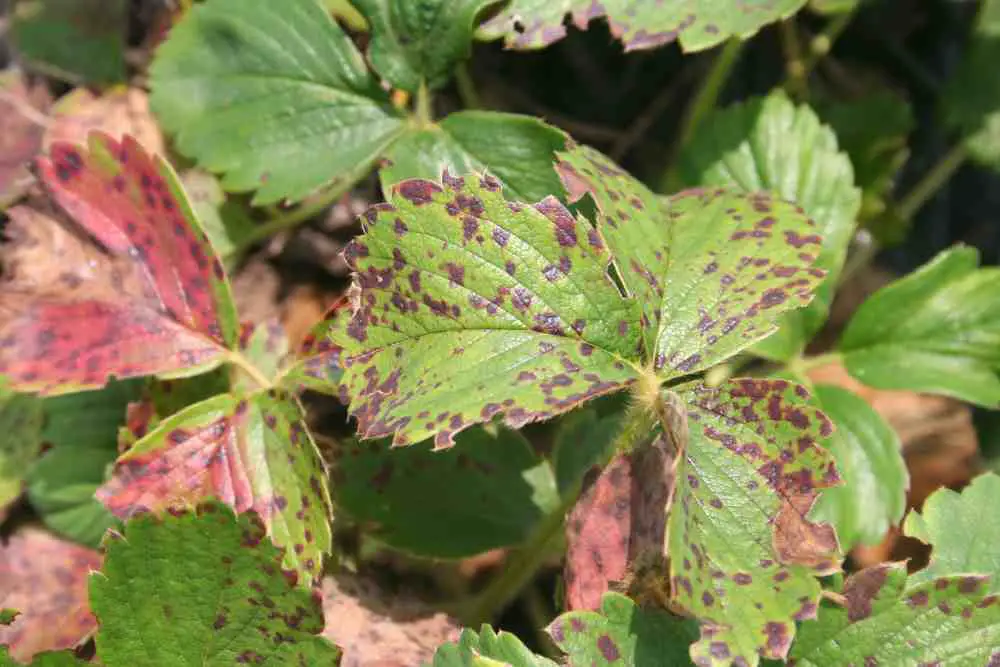
You can move the pots to a sheltered location like a basement an unheated garage in winter. For watering when necessary you must check every few weeks to see if the soil has dried out. You can pop them out of their container and tuck them into a garden bed to overwinter. Cover your plants with shredded leaves or a mulch of straw for added protection.
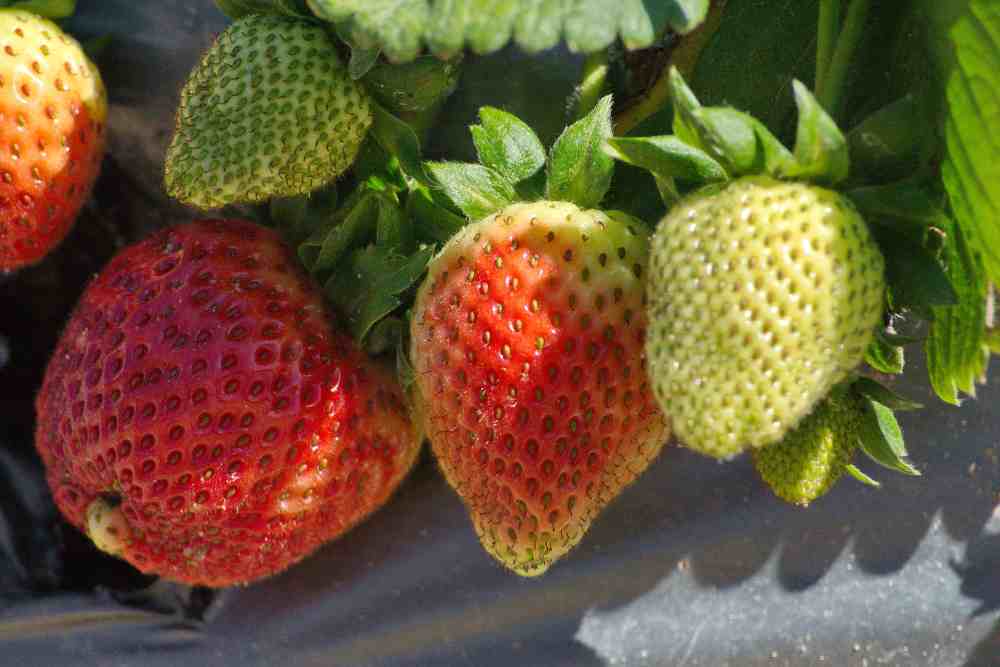
- 15 Ingenious Kitchen Garden Ideas to Cultivate Freshness Right at Home - April 7, 2024
- 10 Top Picks Best Plants for Open Terrarium - April 2, 2024
- 21 Easy and Cheap Walkway Ideas for a Charming Garden - March 31, 2024


